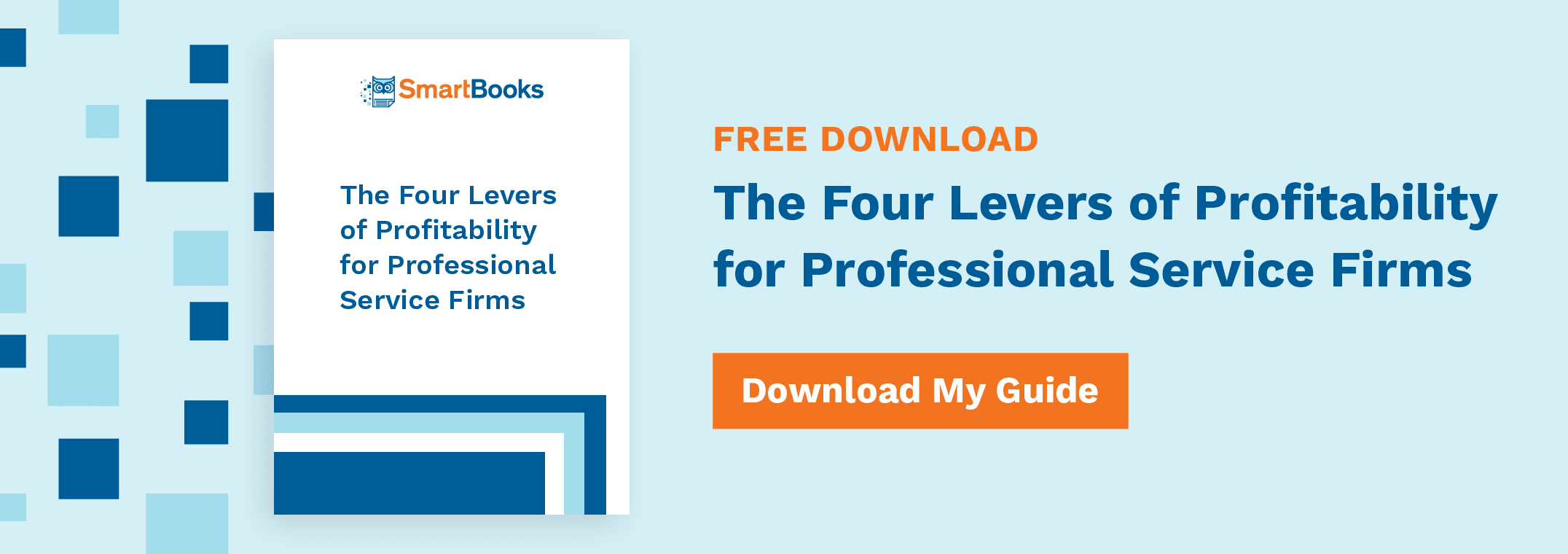Growth Strategies for Professional Services Firms: To Grow or Not to Grow

It’s no secret that the professional services (PS) market is growing at a brisk pace. The Professional Services Market Global Report 2017 forecasts 5.4 percent annual growth until 2020, expected to peak at nearly $5 trillion.
While there are many growth strategies for professional services firms, smart business owners purposefully manage their growth. While some firms grow, others choose to find their niche and stay there: both can be successful strategies. Depending on your company, you might find different value from each of the typical PS firm’s three growth phases.
Phase One: Launch
You’re just starting out, and your capabilities are broad. Sure, you might have unlimited flexibility in what services you offer, and with minimal overhead you don’t have to worry as much about pricing. But these advantages come at the cost of owning and operating a firm essentially on your own.
It can be tough to move beyond these early stages, with some PS firms staying here forever. And that’s fine. There’s certainly nothing wrong with running your organization as a sole proprietorship, and others may be more ambitious in trying to take things to the next level.
Phase Two: New Employer
Growing beyond phase one, we have phase two: the new employer, or small business phase.
During this phase of employing growth strategies for professional services firms, you’ll hire your first employees, begin payroll service, and start looking at expanding business development. Expect to see increased overhead costs, more investment in internal marketing, and a partial shift in priorities away from day-to-day tasks with more focus on the big picture.
To maintain growth in phase two, it becomes critical to have consistent revenue and steady work coming in from clients. You may not need to worry about accounting just yet, as basic cash-basis reporting tends to work fine for businesses of this size. But keep in mind you’ll need to pay more attention to your cash flow and accounts receivable, particularly as you continue to grow. You need to be able to make payroll even if some clients pay you late.
Phase Three: Scaling
Phase three is the scaling phase, where growth is driven more by firmwide capabilities and less by the personal work of the founder. Here, efficient processes are critical across all systems and workflows: business management, business development, human resources, project management, and more. This is the point where companies really need to get a handle on their accounting.
In phase three, you move from cash-based “what we have right now” decisions to more sophisticated accrual-basis revenue recognition and expense recognition. There’s also more focus on financial metrics and actual-versus-budget analysis that reflect management effectiveness and keep the profits and cash flowing. It’s all important as you systematize your business model at the enterprise level.
Continue to Grow or Stay and Mature?
It’s certainly possible to grow into each of these phases with the right support, but some may prefer more intimate and smaller-scale working relationships instead of the different experience of scaling to an enterprise level. Maturing your firm along this path can be a great conscious decision to keep you focused on the kind of work you love. The bottom line is, whichever style you prefer, things will inevitably change as you grow—and you need to be prepared for what those changes entail.
Download our free guide to learn more about growing the profitability of your business.
